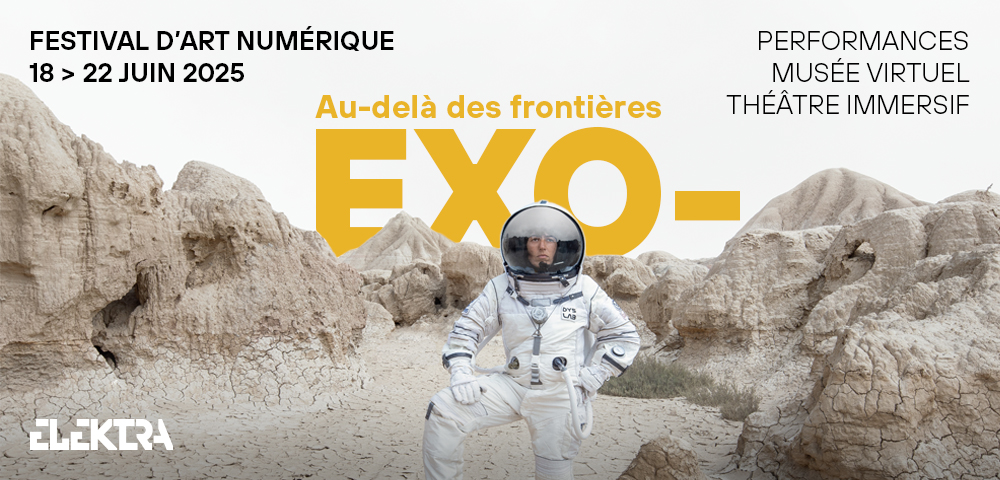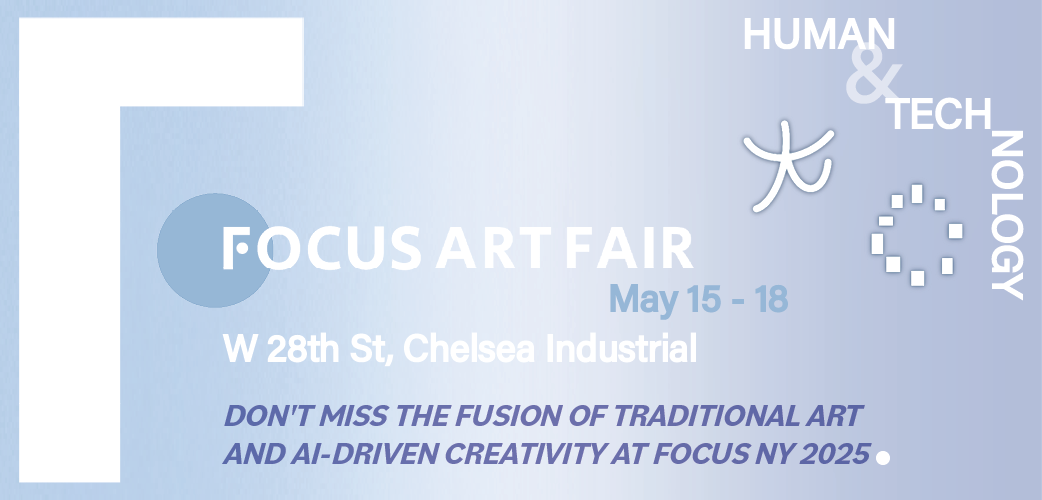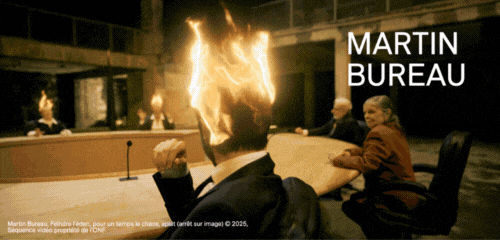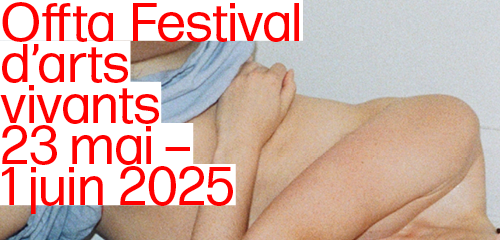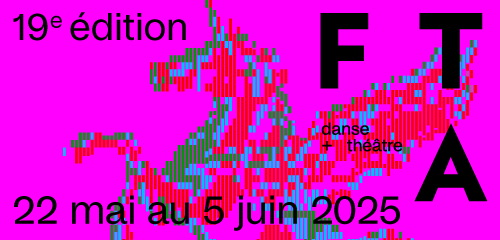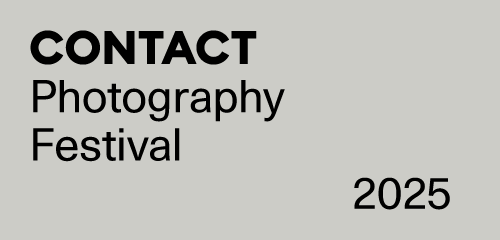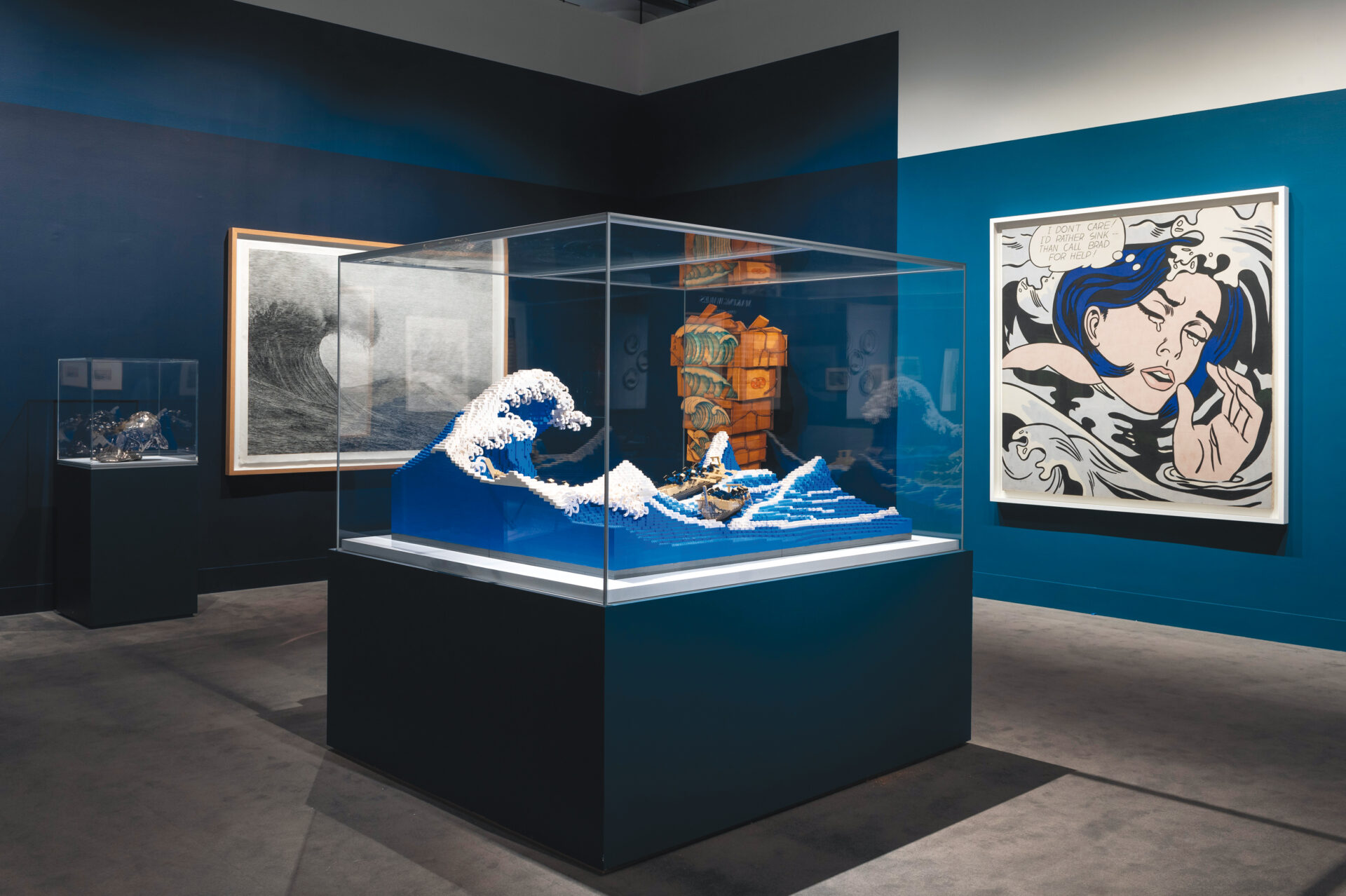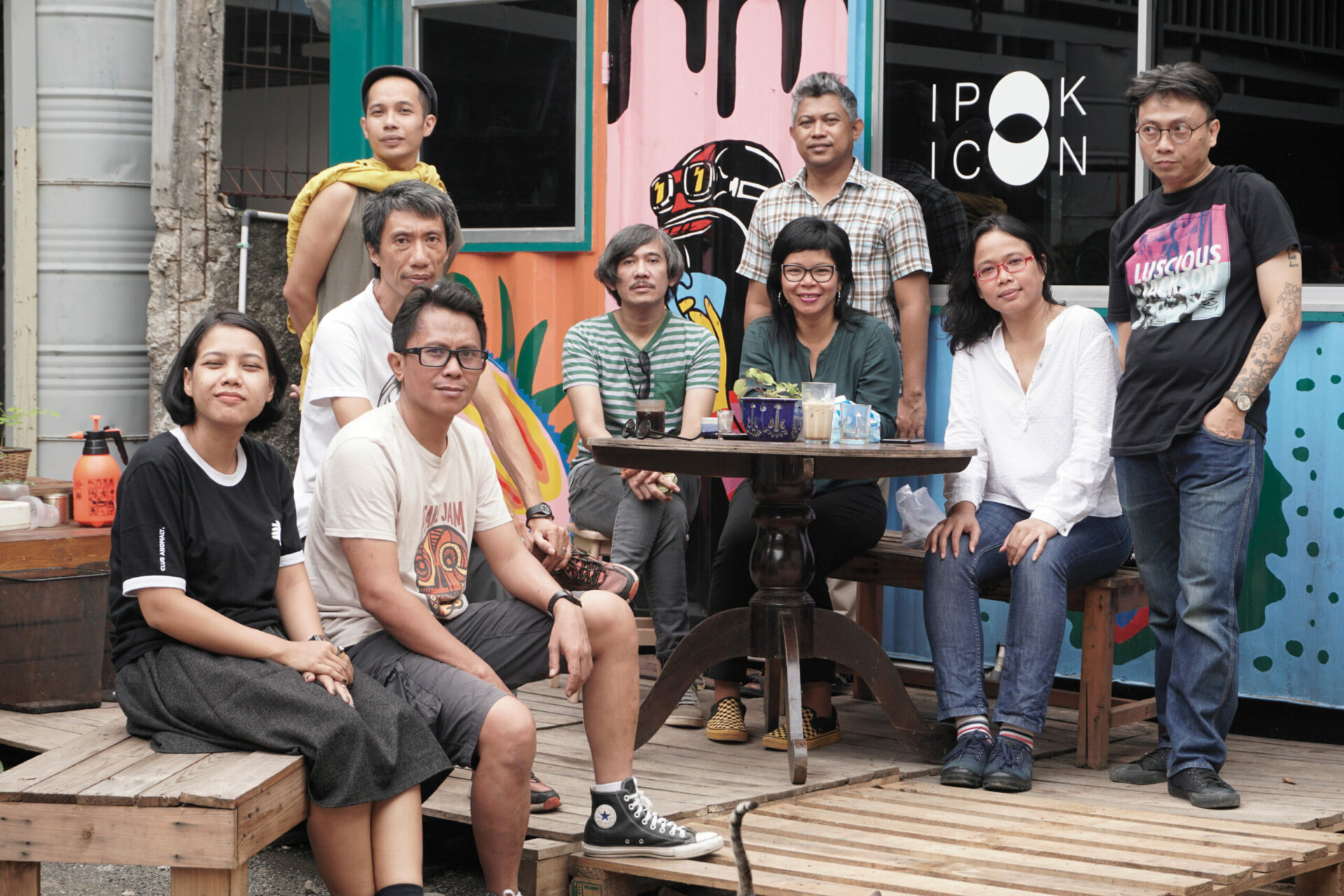Mark Armijo McKnight
Decreation
August 24, 2024–January 5, 2025
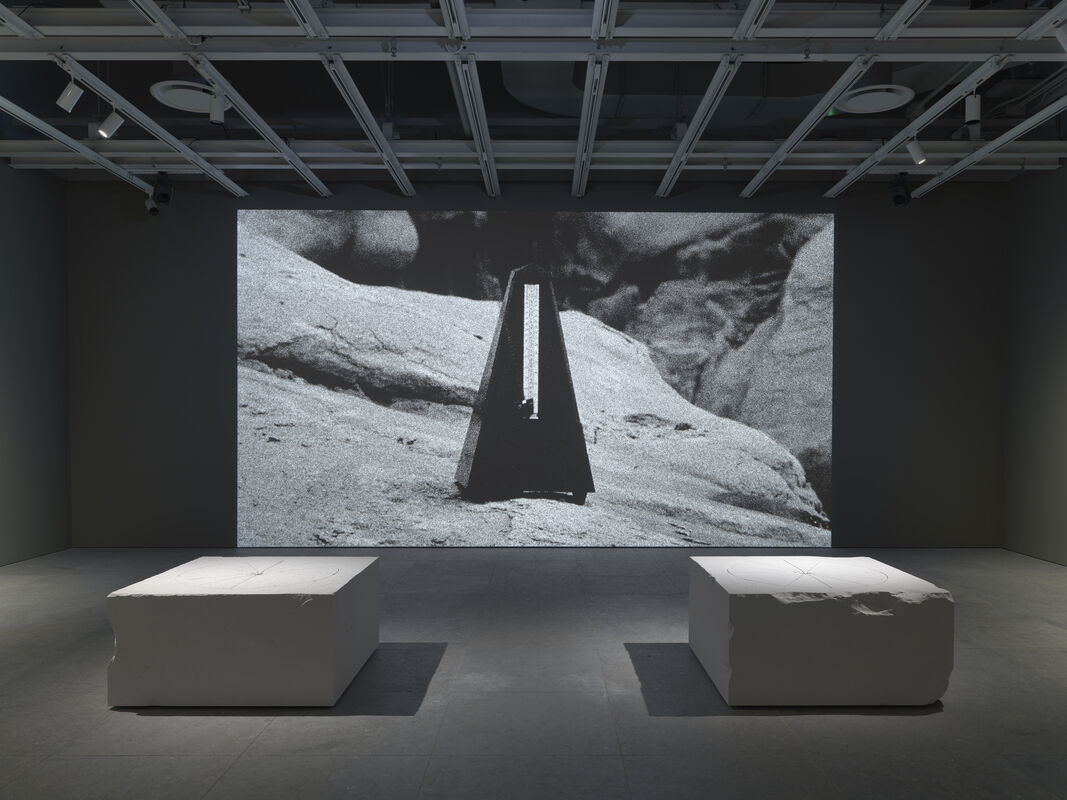
Photo: Ron Amstutz
August 24, 2024–January 5, 2025
[En anglais]
Is there something masochistic about art? I wondered this as I stood transfixed by the central film in Mark Armijo McKnight’s solo show at the Whitney. Consisting of five photographs and a short film, Decreation occupies a cozy room on the museum’s ground floor . Surrounding two stone plinths are a series of looming photographs cast in inky blacks and luminous whites. In Somnia (2024), three figures huddle in the midst of a field, their limbs jumbled and sundered from any individual body. Pain and ecstasy mingle here: the man at the front of the formation grips his head, as if in pain, as hands squeeze his flesh. Bodies in Armijo McKnight’s photographs are often consonant with the landscape in which they appear, and these three figures echo a boulder behind them. In a nearby photograph, a woman pleasures herself in a field of flowers that replaces the world itself. We can’t fully see her expression—her arm is draped across her face—yet it seems to be between a grimace and a sigh. This piece does not submit to the viewer’s erotic gratification, though; the woman’s knees are dusted with dirt, and there is something interestingly frank about the photograph, as she meets us straight-on and her genitals are in the direct centre of the composition.
In The Black Place (ii) (2024), the relationship between body and landscape is inverted: here, the earth itself takes on sumptuous corporeal forms. Crossed with lines and recesses, the mountains in this photograph resemble the scarred, leathered skin of an elephant as much as they do creases on an aged human body. Taken collectively, these works hint at the anthropomorphizing gaze of the landscape photography genre: it is humans who organize the environmental scene into the image, who find their forms reflected in the world around them. By engaging with this genre, Armijo McKnight is in conversation with a tradition in American art that ranges from the paintings of Georgia O’Keefe, to the interventions of Ana Mendieta and Laura Aguilar, to the ignominious history of the role of documentary photography in westward expansion in the United States.
Créez-vous un compte gratuit ou connectez-vous pour lire la rubrique complète !
Mon Compte


